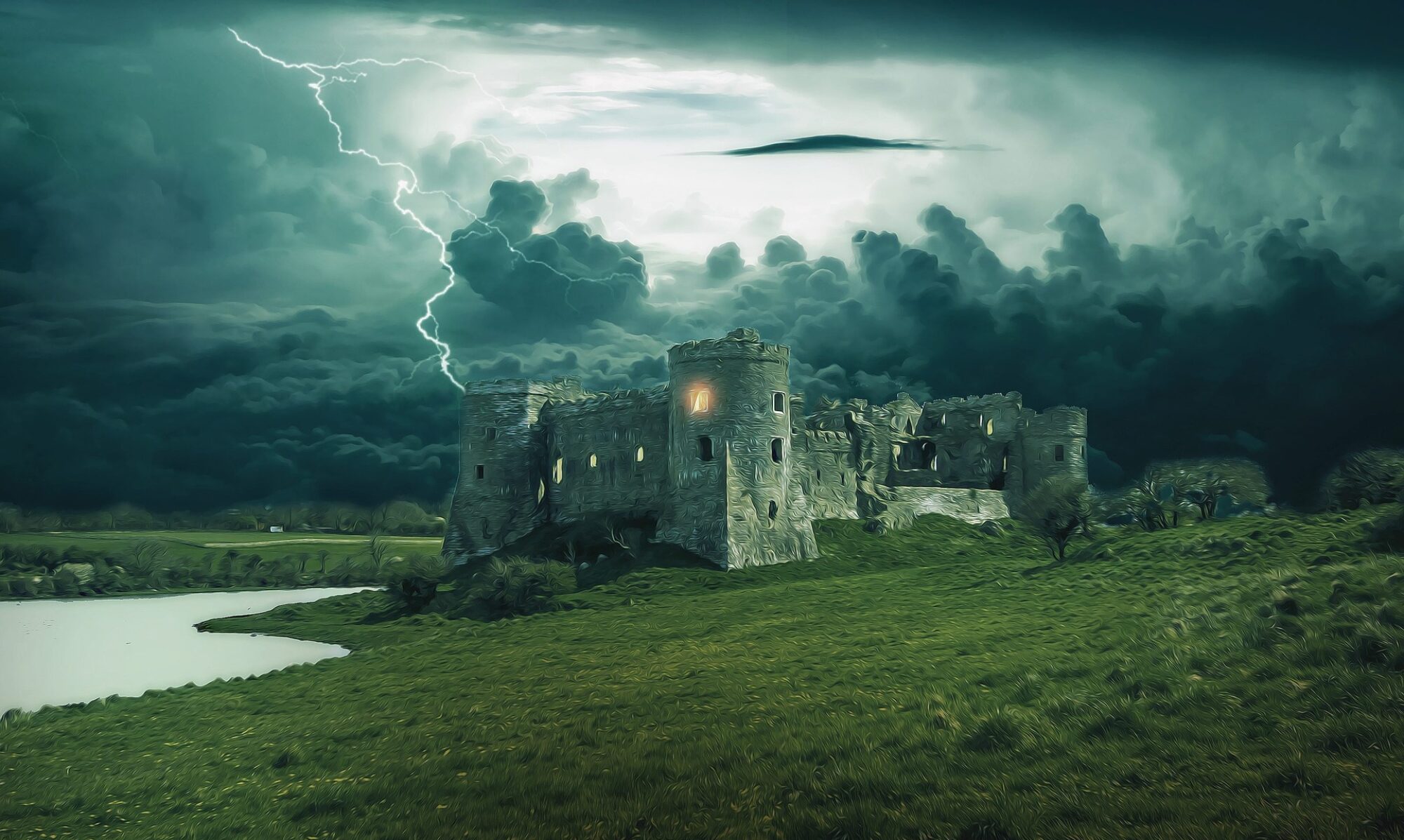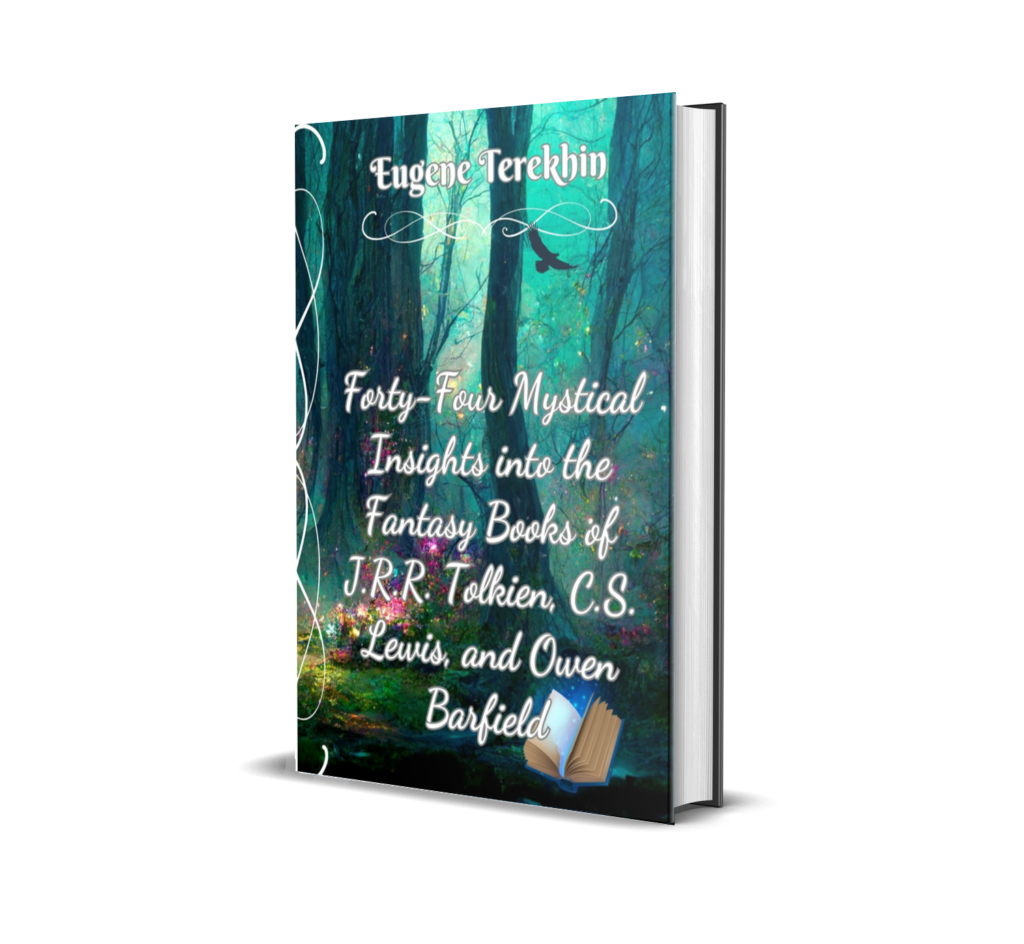
Has communism ever been successful? When I talk about what it was like to live under socialism, I sometimes get this reaction from people in the West: “But the USSR didn’t hold a monopoly on socialism. There are many examples of it being successful.”
I asked: “Can you name some?” One person answered, “Many indigenous communities were socialist in nature. And I have been part of spontaneous communities that had everything in common. It was very successful.”
Unfortunately, we didn’t continue this discussion, but later I realized that this answer revealed a deep misunderstanding of the nature of everything ending in “-ism.” There’s a world of difference between “social” and “socialism.” There’s an unbridgeable gap between community and communism. Just like there’s an unbridgeable gap between capital and capitalism.
Things like social justice are good. Taking care of the ill and elderly is good. Taking care of widows and orphans is good. But socialism is vastly different. When we add “ism” to “social” we turn morality into God. Being “moral” becomes the highest priority. It becomes the all-important thing. It becomes an idol.
Community is good. Community is the essence of spiritual life. The Lord’s Supper is called “Communion.” Yet, when we add “ism” at the end, we change its nature. Communism is the worship of the collective. Collective good becomes the highest good. The collective becomes God… or rather an idol.
The nature of idols is paradoxical. They promise a lot but deliver… well, they don’t deliver at all. Was there social justice in the socialist USSR? Deep sigh… No. Did the worship of the collective create healthy communities? Deep sigh… No. The “ism-based” idols produce the opposite of what they promise. The irony of all “isms” is that they deprive us of the very thing they promise to deliver.
That’s why Augustine called sin “disordered love.” What we should love first, we love second; what we should love second, we love first. By loving a good thing in the wrong order we make a good thing into a bad thing.
Capital is a good thing. It’s a resource. When we worship capital, it becomes capitalism where capital becomes the all-important thing. A good thing becomes a bad thing because we love it in the wrong order.
Why is this “order of love” so important? Because of the nature of the human heart revealed in the Decalogue. The first four of the Ten Commandments have nothing to do with morality. The remaining six have everything to do with morality. The first four are about our relationship with the Divine. The remaining six are about what we do (or don’t do).
In other words, when the first four are first, the last six will be second. When the last six become first, the first four will never be followed — as well as the last six ones. True action never starts with action. It starts with our connection to the Source of all action.
When our connection to the Source is primary, all good things remain good. When good things take the first place, they become bad things because they don’t proceed from the Source. We live in a world of disordered love. Disordered love always leads to “isms.” Isms are inevitable when we put action first.
Action is always second. All morality is derivative. We proceed from first to last, not from last to first. When first things remain first, the second things will always be second.















